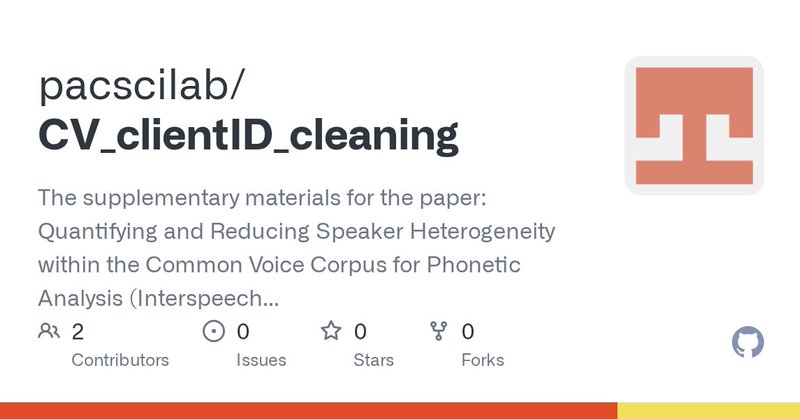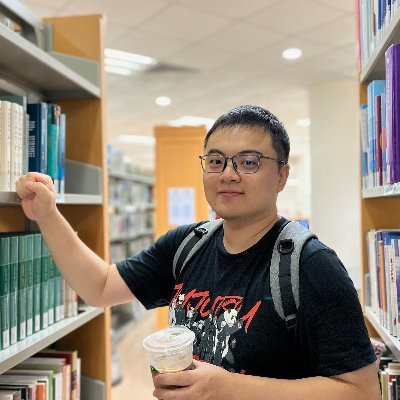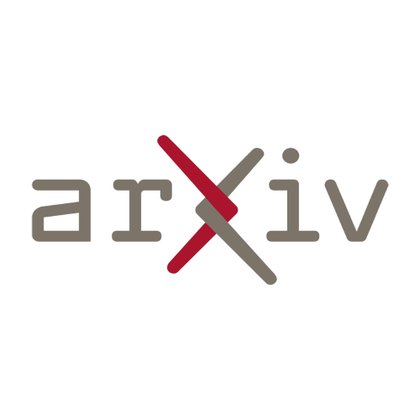
Eleanor Chodroff
@echodroff
Followers
2K
Following
16K
Media
169
Statuses
4K
@snsf_ch PRIMA assistant professor at @cl_uzh. Views my own. She/her. @[email protected]
Joined January 2010
🎙️ Come and work with us, we offer a paid Research Internship position in building a universal phonetizer system for next-generation Voice AI systems! 🇨🇭 We are young and nice team located in Zurich. 📃 Possibility to publish results of the internship. https://t.co/ff3nl1qdvl
0
2
1
🎉 We're hiring Research Interns at AGIGO, in the hottest AI hub in Europe: Zurich Switzerland! AGIGO is looking for talented interns to join our Speech AI Team and work on the next generation of voice AI. https://t.co/TF9d6SivvO
linkedin.com
🚨🚨🚨🚨🚨🚨🚨🚨🚨🚨🚨🚨🚨🚨🚨🚨🚨🚨🚨 🚨🚨🚨🚨INTERNSHIP ALERT IN AI🚨🚨🚨🚨 🚨🚨🚨🚨 Universal Phonemizer 🚨🚨🚨🚨 🚨🚨🚨🚨 ZURICH, SWITZERLAND 🚨🚨🚨🚨 🚨🚨🚨🚨 AGIGO ...
6
2
5
🚨🚨🚨🚨🚨🚨🚨🚨🚨🚨🚨🚨🚨🚨🚨🚨🚨 🚨🚨🚨🚨 INTERNSHIP ALERT IN AI 🚨🚨🚨🚨 🚨🚨🚨🚨 ZURICH, SWITZERLAND 🚨🚨🚨🚨 🚨🚨🚨🚨 AGIGO 🚨🚨🚨🚨 🚨🚨🚨🚨🚨🚨🚨🚨🚨🚨🚨🚨🚨🚨🚨🚨🚨 https://t.co/KRfdvYV8q7 AND https://t.co/GgOsy7duFx
🎉 We're hiring Research Interns at AGIGO, in the hottest AI hub in Europe: Zurich Switzerland! AGIGO is looking for talented interns to join our Speech AI Team and work on the next generation of voice AI. https://t.co/TF9d6SivvO
0
2
3
The differences are small but consistent in direction, supporting a biomechanical account critically tied to uniform phonetic targets across vowels. At the same time, variation in effect size across languages suggests speakers differ in how strongly this uniformity is realized
1
0
1
Our findings: 📉 Clear crosslinguistic bias—high vowels are shorter than low vowels ➡️ But no systematic difference between high front vs. high back vowels
1
0
2
Previous explanations have focused on two explanations: 🗣️Automatic accounts 👂Speaker control As a novel contribution, we reinterpret intrinsic vowel duration as a statistical universal emerging from the competing pressures of target uniformity and enhancement
1
0
2
We provide a large-scale crosslinguistic corpus analysis of intrinsic vowel duration – the observation that high vowels (like /i/ or /u/) tend to be shorter than low vowels (like /a/) Our dataset: ✅ 60+ languages ✅ 16 language families ✅ Thousands of speakers
1
0
2
Excited to share a new preprint with @Miao_Zhang_dr: “A crosslinguistic corpus phonetic analysis of intrinsic vowel duration” 🎉 🔗 https://t.co/TN62M8RSzu
osf.io
This study investigated the crosslinguistic distribution of intrinsic vowel duration, the observation that high vowels tend to be shorter than low vowels, using a large-scale corpus phonetic approa...
1
5
7
✅Similarity scores: https://t.co/pVnuCSCEfL 📄Paper: https://t.co/i739ozow5A 💻Code: https://t.co/Ci7wLIyoPl 💫This was joint work with @Miao_Zhang_dr, Aref Farhadipour, Annie Baker, Jiachen Ma, and Bogdan Pricop
github.com
The supplementary materials for the paper: Quantifying and Reducing Speaker Heterogeneity within the Common Voice Corpus for Phonetic Analysis (Interspeech 2025) - pacscilab/CV_clientID_cleaning
0
1
4
Pairs below this were more likely perceived as different speakers and above, as the same speaker. Of course there’s no ground truth, so you can also choose your own threshold The similarity scores, paper, and code can be found at the below links Happy data cleaning 😊
1
0
2
We ran automatic speaker verification (ResNet-293 trained w/ multilingual VoxBlink2) to obtain similarity scores among files for each client ID. Based on previous thresholds and a perceptual evaluation, we found an optimal threshold of ~0.35–0.40 for same vs diff speakers
1
0
1
🗣️Mozilla Common Voice users!🗣️ Important notice: the client ID does not always correspond to a single speaker ID! Every so often, a single client ID contains more than one speaker’s voice. Our #Interspeech2025 paper examines the extent of this problem and proposes a solution
1
3
14
✨Meet OLMoASR✨ By pairing our curated 1M-hour dataset with a powerful architecture, we've built open ASR models that achieve competitive performance with models like Whisper. We're open-sourcing data, code and models to help the community build more robust and transparent ASR.
🎙️ Say hello to OLMoASR—our fully open, from-scratch speech-to-text (STT) model. Trained on a curated audio-text set, it boosts zero-shot ASR and now powers STT in the Ai2 Playground. 👇
3
15
81
Modeling human reading gives insights into how we comprehend language, but standard approaches predict some summary measurement instead of the raw fixations and saccades that were actually measured. We challenge that approach 🤺👀 Go find @francignare at #ACL2025 to learn more!
💥 New #ACL2025 main paper!💥 Most #eye #tracking studies collapse fixations into a single “gaze time” metric. We model the full scanpath with a generative probabilistic model. Why? To test how disaggregated modeling stacks up against aggregated approaches.🧵 #Psycholinguistics
0
1
11
💥 New #ACL2025 main paper!💥 Most #eye #tracking studies collapse fixations into a single “gaze time” metric. We model the full scanpath with a generative probabilistic model. Why? To test how disaggregated modeling stacks up against aggregated approaches.🧵 #Psycholinguistics
1
4
13
📢 I'm looking for a postdoc to join my lab at NYU! Come work with me on a principled, theory-driven approach to studying language, learning, and reasoning, in humans and AI agents. Apply here: https://t.co/XLacI53LLB And come chat with me at #CogSci2025 if interested!
0
50
165
1/3 The US didn’t end up leading the world in computing by luck. It happened because it made long-term, public investments in basic research, especially through NSF. That’s what created the technology that today’s companies are built on.
2
37
165
The United States has had a tremendous advantage in science and technology because it has been the consensus gathering point: the best students worldwide want to study and work in the US because that is where the best students are studying and working. 1/
3
56
273













